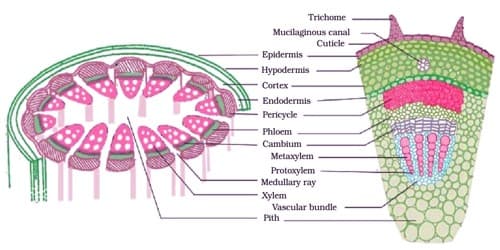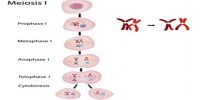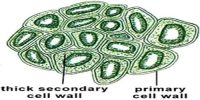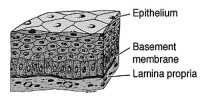Permanent tissue: The kind of tissue in which the cells lose their dividing capacity after originating from meristematic tissue is known as permanent tissue. A group of cells which are similar in origin; similar in structure and similar in function are called simple permanent tissue. It is formed as a result of division and differentiation of meristematic tissue.
The permanent tissue in plants primarily helps in providing support, safety as well as in photosynthesis and conveyance of water, minerals, and nutrients. This tissue cells might be living or dead.
Permanent tissues may be classified into three main groups: Simple, Complex and Special tissues.
(a) Simple Tissues
Simple tissues called homogenous tissues. A simple tissue might be defined as a group of related cells that carry out a regular function. They are made up of only one type of cell. Here, all the cells that make up the tissue are similar and have a similar structure, with similar type parts. They are homogenous and composed of structurally and functionally similar cells. These are of three types: Parenchyma, collenchyma, and sclerenchyma.
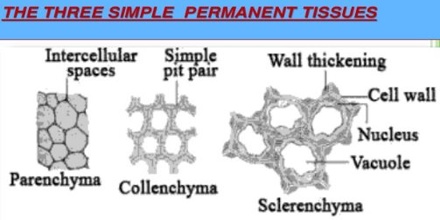
(b) Complex Tissues
The complex tissues are composed of different types of cells performing diverse functions. The complex permanent tissues are made up of more than one type of cell. They organize together to carry out the similar particular functions in the plant body.
These are of two types xylem and phloem.
- Xylem is the vascular tissue extending from top to bottom of the plant. It helps in the transport of water molecules and dissolved substances from the root hairs to aerial parts of the plant.
- Phloem is the vascular tissue which transports food molecules to the place of essential in the plant. The elements in the phloem are sieve elements, fibers, phloem parenchyma, and companion cells.
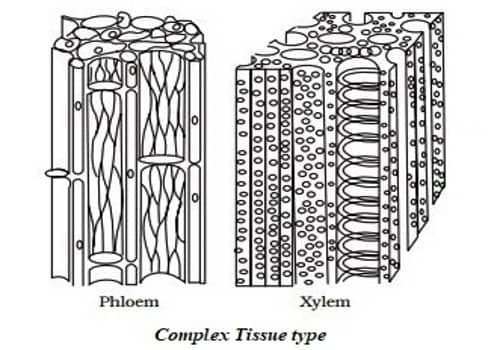
(c) Special tissues
They are structurally modified and specially organized for secretary function. The special tissues are structurally modified to perform secretory functions. These are of two types:
- Laticiferous Tissues: These plant tissues contain latex. These are found in a large number of families such as Apocynaceae, Euphorbiaceae, Composite, etc.
- Glandular Tissues: These consist of different glands which secrete resins, oil, mucilage, tannin, etc. These glands are located on the epidermis.
Characteristics of Permanent tissue
- Cells may be living or dead.
- Cell walls may be thin or thick, and Cells contain ergastic substances.
- Both living and dead cells may be present in permanent tissue.
- The nucleus is comparatively small.
- Metabolic activities are relatively slow.
- Intercellular space is present between the cells.
- Cytoplasm is comparatively little.
- Cells may contain reserve, excretory or secretory substances.
- Permanent tissue stored foods.
- Chlorophylls permanent tissue produces food.
- Cells may contain reserve, excretory or secretory substances.
- Intercellular spaces may be present or absent.
- Vacuoles are prominent.
- Protoplasm may be present or absent in the cells at maturity.
- The cell wall is thin or thick but there is no formation of a secondary cell wall.
- The cell wall is composed of substances such as lignin, hemicellulose, etc. in addition to cellulose.
